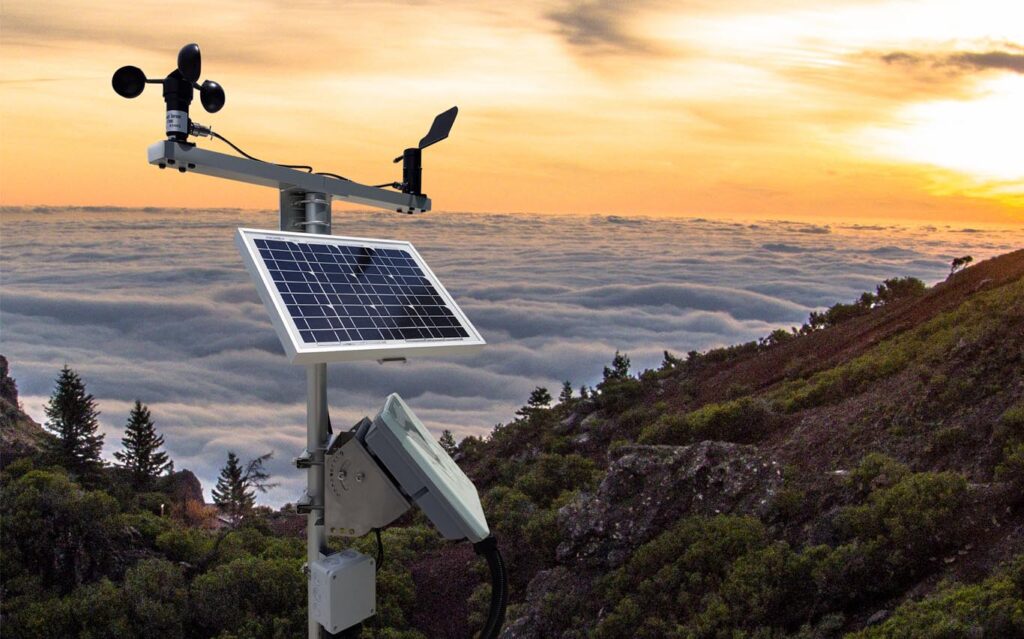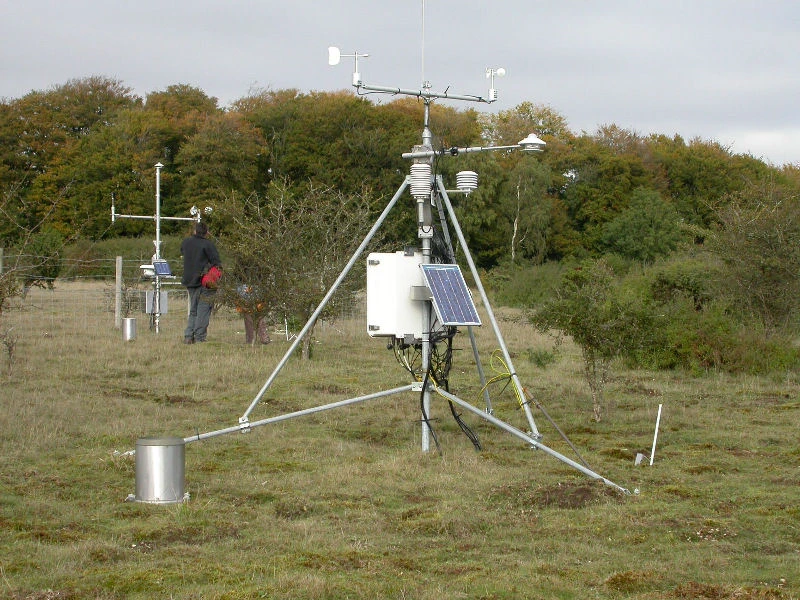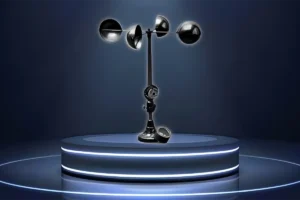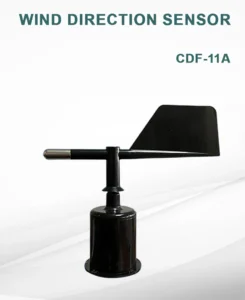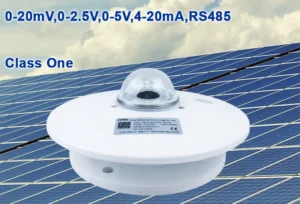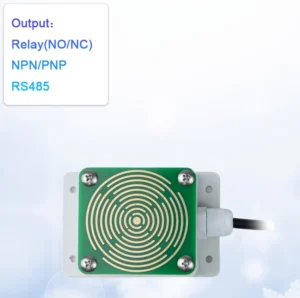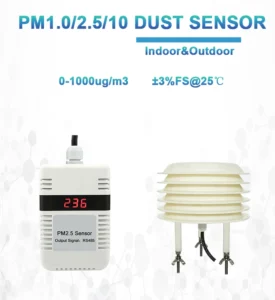Meteorological Automatic Weather Station Applications
An automatic weather station is a smart device that measures and records weather data on its own. It has sensors that track weather factors such as temperature, humidity, and air pressure. It also measures wind speed, wind direction, rainfall, and sunlight.
These sensors gather data regularly or in real time. They send this information to a main unit or data platform. This is done to keep and study data. Now, let’s look at the uses of the weather station together.
A typical automatic weather station has several parts. Weather stations have sensors to measure the weather. They also have a device to collect data and a power source.
It also has a cover that protects from radiation. It has a cover that keeps out the weather, a stand, and a communication module.
This station can check the weather at any time, day or night. It connects to computers through data lines. This helps store the data in weather databases. It makes it easier to analyze and process the data.
Key Functions and Features
1. **Real-time Monitoring**:
The automated weather station keeps track of weather conditions all the time. It gives accurate data in real-time.
2. **Multi-parameter Measurement**:
It measures different weather elements like temperature, humidity, wind speed, and rain. This provides a lot of data for weather forecasts and research.
3. **Automated Data Recording**:
The station records and stores weather information automatically. This cuts down on manual work and keeps the data accurate.
4. **Remote locations Data Transmission**:
Many automatic weather stations can send weather data online or through wireless connections. This lets us see the weather from a distance. It also makes it easy for people to share data.
5. **Versatile Applications**:
Automatic weather stations are of service to diverse industries like agriculture, meteorology, energy, transportation, and urban planning. They supply vital weather – based insights that assist in the decision – making processes of these industries.
Application Scenarios
Automatic weather stations have many uses. Here are some important examples of how they are used:
1. **Agricultural Sector**
– **Precision Agriculture**:
The weather station data includes details on temperature, humidity, and wind speed.
– This precise weather data can help with irrigation.
– It can help manage fertilizer use and control pests. This can improve the yield and quality of crops.
– **Orchards and Greenhouses**: These stations check temperature, humidity, and light. They use automatic controls to help crops grow well.
2. **Meteorological Forecasting and Research**
– **Ground-Based Observation**: These stations are part of weather networks. They give real-time weather data. This data is important for forecasts and climate research.
– **Early Disaster Warnings**: We watch factors like rain, wind speed, and air pressure. This helps us give timely warnings for natural disasters like floods, typhoons, and storms.
3. **Environmental Monitoring**
– **Air Quality Monitoring**: Personal weather station can check air quality. They do this by using sensors for pollutants like PM2.5, PM10, and sulfur dioxide. These sensors help find pollution levels.
– **Ecological Research**: In nature reserves or study areas, these stations track climate and environmental changes. This supports efforts to protect biodiversity and restore ecosystems.
4. **Transportation Management**
– **Highway and Rail Systems**: These stations check visibility, road temperature, and wind speed. They warn about dangerous conditions like icy roads or fog to keep traffic safe.
– **Aviation and Navigation**: Airports and harbors use automatic weather stations for real-time weather updates. These updates help make important choices about flights and boat navigation.
5. **Urban Planning and Public Services**
– **Smart Cities**: Automatic weather stations are important for watching the local weather in cities. They give real-time weather alerts for disasters and help with city maintenance.
– **Public Information Services**: These stations are set up in places like parks or stadiums. They give residents and visitors easy access to current weather updates.
6. **Energy Sector**
– **Wind Energy Production**: Automatic weather stations measure wind speed and direction on-site. This makes wind turbines work better. They produce more power as a result.
Tracking solar radiation data is important for using solar power. It helps to design and manage solar panel power systems.
Automatic weather stations are important in many ways. They help us make good choices based on strong science. They also make operations safer and more efficient.
